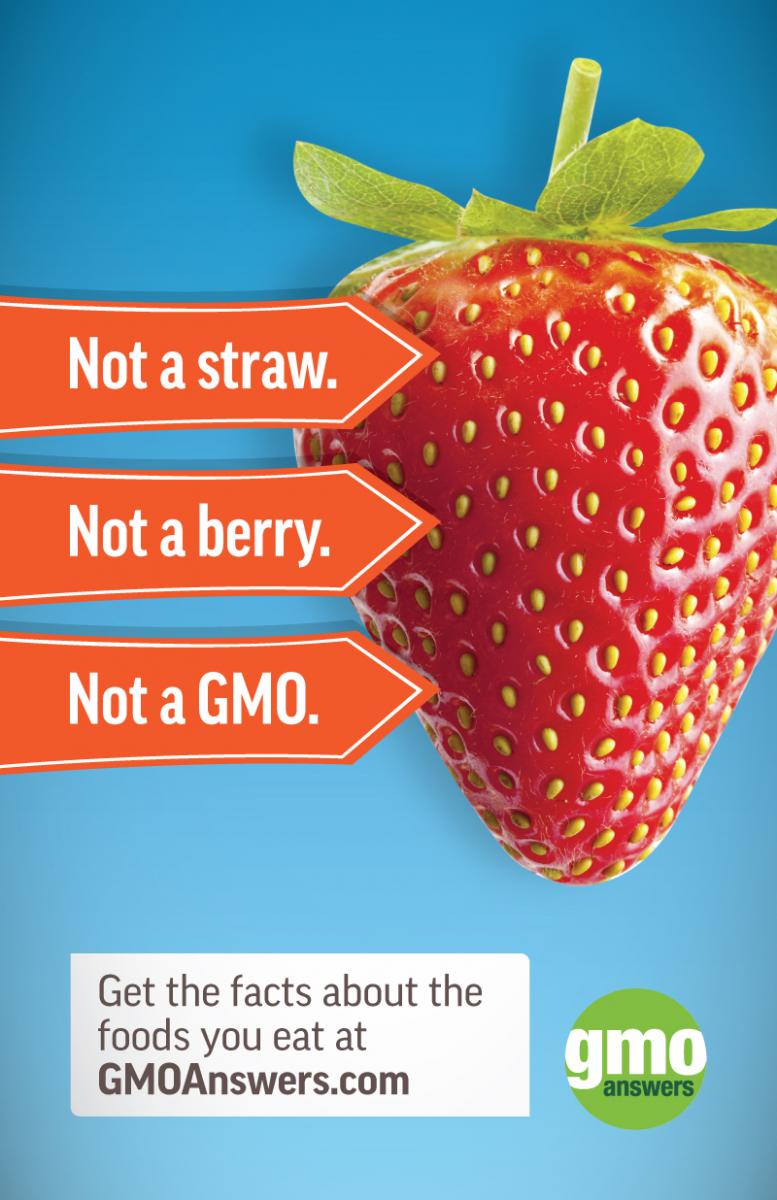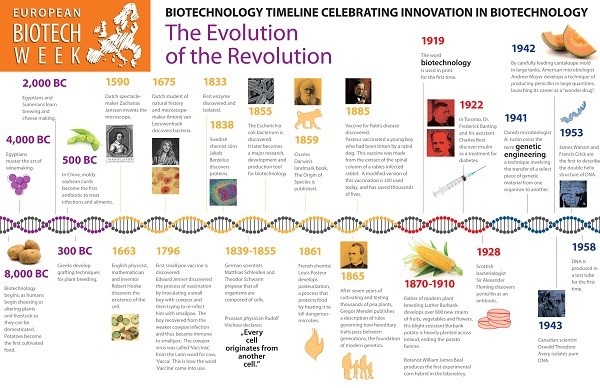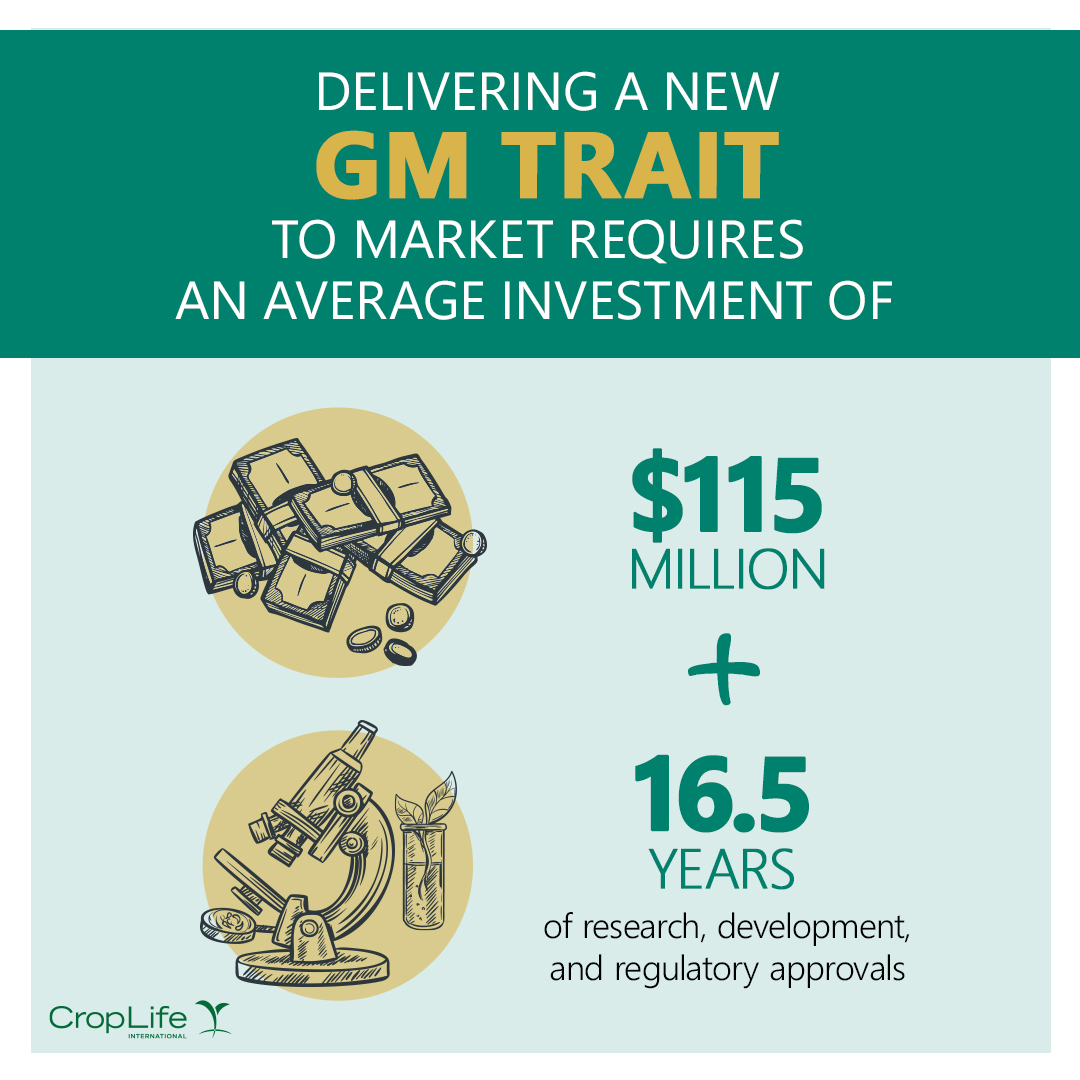What is “Get to Know GMOs Month”?
With 18 million Google search results for the term “GMO” alone and more than 200,000 tweets per month, it’s safe to say that GMOs are a topic on a lot of people’s minds. Each October, we encourage you to “Get to Know GMOs” by diving into some of the most common questions and concerns about GMOs, as well as misconceptions.  Click to tweet
Click to tweet
Since last year’s Get to Know GMOs month – a lot has changed. For example, GMO crops are expanding across the world, including in Bangladesh, which is now planting GMO brinjal (eggplant), a non-browning apple was approved for commercialization in the US, and famed science educator Bill Nye declared his support of GMOs.
But some things remain the same. Many misconceptions about GMOs still pervade the internet and consumers still have questions about GMOs (in fact we continue to receive new questions almost every day!).
This year our focus for “Get to Know GMOs” month is to address one simple question we hear regularly – are GMOs safe for the environment? Stay tuned for posts about the role of GMOs in sustainability, biodiversity and land use. We’ll also dive into the subject of pollinators – a topic widely covered by the media. But first let’s start with the basics…
 Get to Know GMOs - A Primer
Get to Know GMOs - A Primer
What is a GMO, you ask? A GMO is a crop that has very specific changes made to its DNA – usually having one to two genes added or silenced to achieve a desired trait. This plant breeding technique – called genetic engineering – enables plant breeders to take individual traits from one plant or organism and transfer them to the plant that they want to improve. It can also be used to make a change to an existing trait in a plant.
A common misperception is that the produce aisle is full of GMOs. In reality, there are only nine GMO crops commercially available in the U.S. today: corn (field and sweet), soybeans, cotton, canola, alfalfa, sugar beets, papaya, summer squash and potatoes. Apples are approved and coming to market soon.
Many are surprised to learn that genetically modifying our food isn’t new – we’ve been doing it for thousands of years.
More than ten thousand years ago, at the dawn of domestic agriculture, farmers changed the genetic makeup of crops they grew and the livestock they raised through selective breeding. Nearly every fruit, vegetable and grain that is commercially available today has been altered by human hands, including organic and heirloom seeds. Now, we’re able to use more precise techniques to transfer a specific characteristic, like disease resistance.

Plant breeding continues to evolve and improve - but the safety of GM foods remains constant.
Before they reach the market, GMO seeds are studied extensively to make sure they are safe for people, animals and the environment. Each GMO undergoes, on average, 16.5 years and more than $115M in research and development to make sure they do not present any health risks – including allergies or cancer.

Did you know? Biotech crops available on the market are the same from a compositional and nutritional standpoint as their non-GM counterparts. For example, GM corn is the same as non-GM corn.
GMOs have changed over the years and are making a difference in the world.
From the first GMO food that was created to be less perishable to new GMOs designed to provide direct consumer benefits like reducing food waste, future GMOs may help address issues like gluten sensitivity or food allergies. The technology will continue to evolve over the years as GMOs bring many benefits across the food chain and the environment. Even today, benefits of GMOs include more sustainable food production, increased productivity, enhanced biodiversity, increased use of conservation tillage, and reduction in pesticide application.
At SXSW in March of 2015, Jacque Matsen from Dupont Pioneer expanded on some of the benefits of GM technology. Hear what she has to say in this video:
ISAAA.org also shares some of the contributions biotechnology has made to sustainability in this infographic:

Click to enlarge
If you have additional questions, feel free to search our archives. Check back each week for more information to help you get to know GMOs throughout the month of October!
